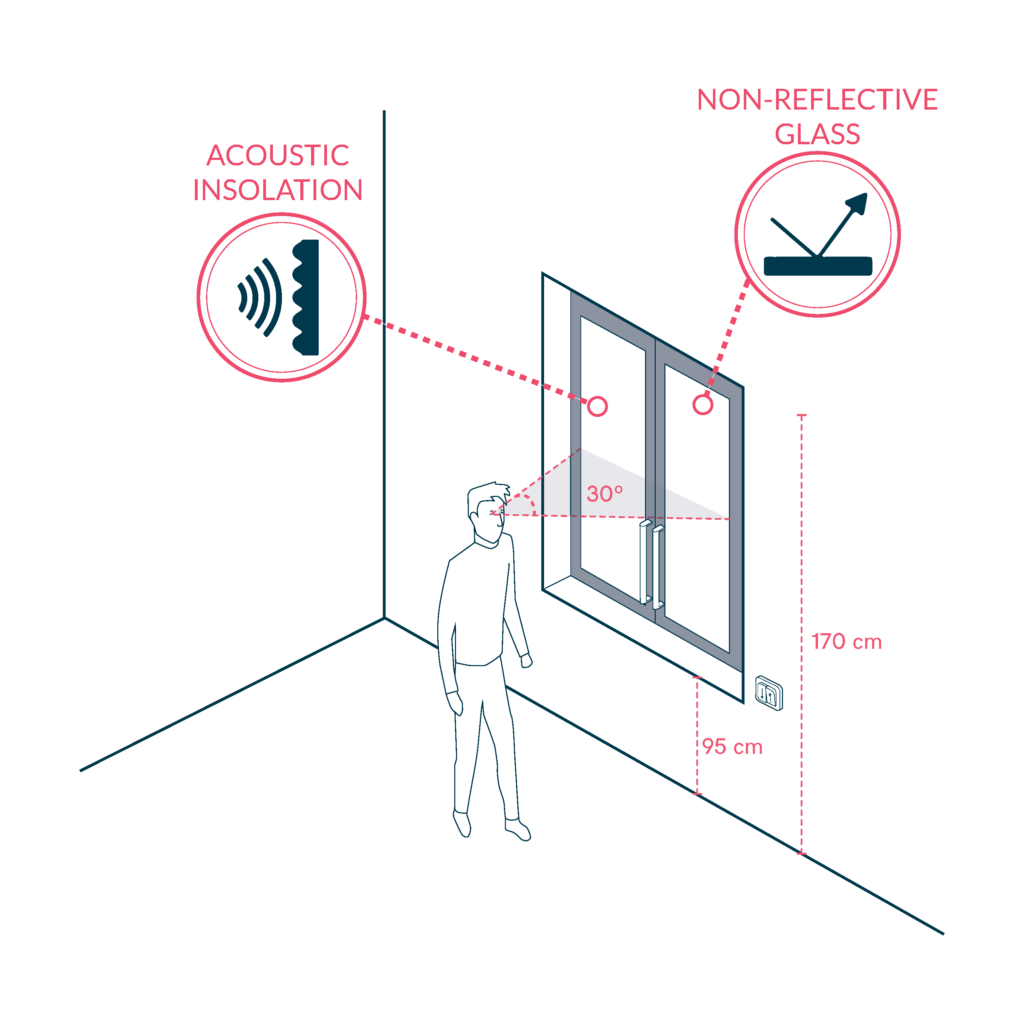Accessible Windows
Windows play a vital role in ensuring accessibility, providing natural light, ventilation, and external visibility for all users. Their design must allow easy and safe operation, especially for individuals with limited mobility or visual impairments. Accessible windows should feature user-friendly opening mechanisms, unobstructed approaches, and anti-trap safety systems. Whether manually or automatically operated, they should ensure convenient use while maintaining security and emergency access.

- Clear and unobstructed access to window controls.
- Viewing height between 95 cm and 170 cm to accommodate seated and standing users.
- Minimum 30° field of vision for clear external visibility.
- Tactile and high-contrast markings for visually impaired users.
- Secure locking mechanisms that are easy to operate.
- For manual windows: handles or controls positioned within comfortable reach (not exceeding 120 cm height), smooth and effortless opening mechanisms and emergency manual opening system for quick operation.
- For automatic widows: remote or switch-controlled operation for users with limited mobility, anti-trap safety systems to prevent injuries and emergency override for manual operation in case of power failure.
- Use of non-reflective glass to minimize glare.
- Adapt window controls for users with dexterity limitations.
- Regular maintenance checks to ensure smooth functionality.
- Consideration of acoustic insulation for noise-sensitive users.
Sources
- https://accessible-eu-centre.ec.europa.eu/content-corner/digital-library/en-172102021-accessibility-and-usability-built-environment-functional-requirements_en
- https://www.access-board.gov/adaag-1991-2002.html#2.%20GENERAL
- https://universaldesign.ie/built-environment/building-for-everyone/building-for-everyone-full-series
- https://www.codigotecnico.org/pdf/Documentos/SUA/DccSUA.pdf
